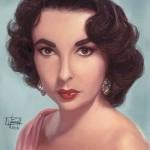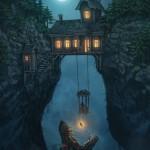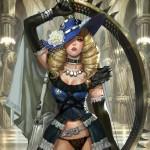Mathematics and art are two different disciplines, but closely related in a variety of ways, both involve the use of creative and analytical thinking. Mathematics has itself been described as an art motivated by beauty. Mathematics can be discerned in works of art by looking for the use of geometric forms, proportion, and symmetry. Artists often use mathematical concepts such as the golden ratio to create aesthetically pleasing works. In addition, mathematics can be used to create art, such as in the case of algorithmic art. Finally, mathematics can also be used to understand and analyze works of art, by looking for patterns and relationships in the piece.
Some examples of how math can be used in art
On the other hand, it must be recognized that Art without mathematics is still possible, although mathematics often plays an important role in creating aesthetically pleasing artworks. Without mathematics, art can still be creative and expressive. For example, an abstract painting can be created without any mathematical principles, but it may not have the same visual impact or balance as a painting created using mathematical principles.
However, studying math in art can draw much of attentions because it allows us to see the intersection between mathematics and art. Math and art are both forms of creative expression, and looking at the overlap between them can provide insights into both disciplines. It can help us to better understand and appreciate the art we see around us, as it reveals the mathematical principles and concepts that are often used to create works of art. Now Let’s recognize and appreciate the beauty in mathematics by applications that we collected below.
 The Sheikh Zayed Bridge in Abu Dhabi by Zaha Hadid
The Sheikh Zayed Bridge in Abu Dhabi by Zaha Hadid
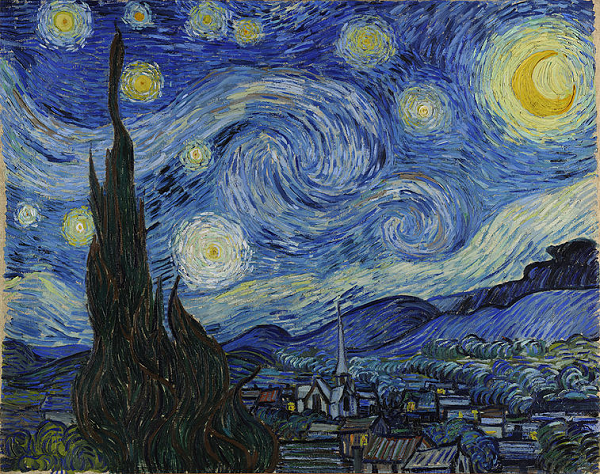 The Starry Night by Vincent van Gogh
The Starry Night by Vincent van Gogh
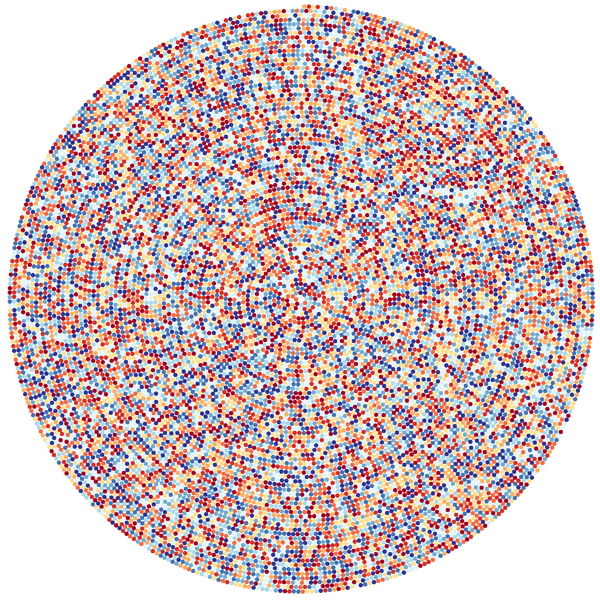 Distribution of the first 13689 digits of π
Distribution of the first 13689 digits of π
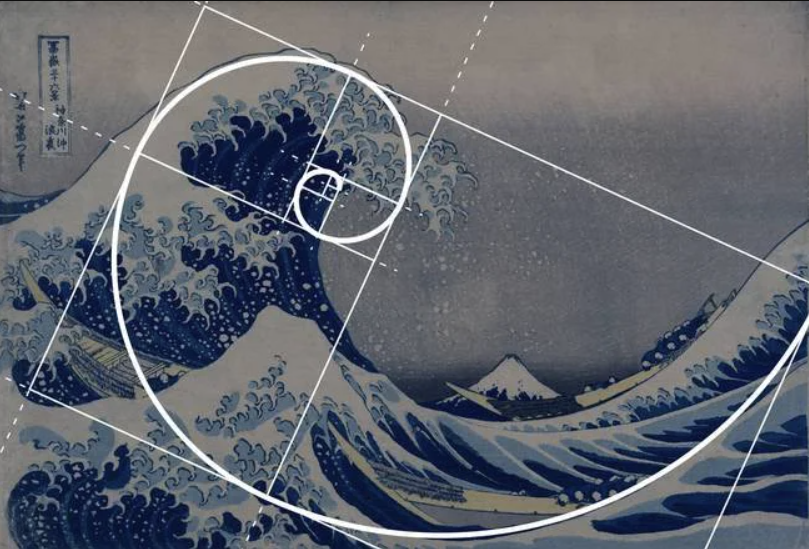 Hokusai Fibonacci
Hokusai Fibonacci
The Fibonacci Sequence is often used in artworks as a way to create aesthetically pleasing compositions. The Fibonacci Sequence is a mathematical pattern of numbers that can be used to create well-balanced and visually appealing artwork. The Fibonacci Sequence is based on the recursive sequence, which can be used to generate a series of numbers that have a natural, aesthetically pleasing look. For example, Hokusai’s well-known “Great Wave off Kanagawa” uses the Fibonacci Sequence to create a harmonious composition. The painting features a large wave in the foreground, with a boat and two small islands in the background. The painting is arranged in a way that follows the Fibonacci Sequence, with the wave dominating the composition and the boat and islands taking up the remaining space. This arrangement creates an aesthetically pleasing composition that draws the viewer’s eye to the main subject of the painting.
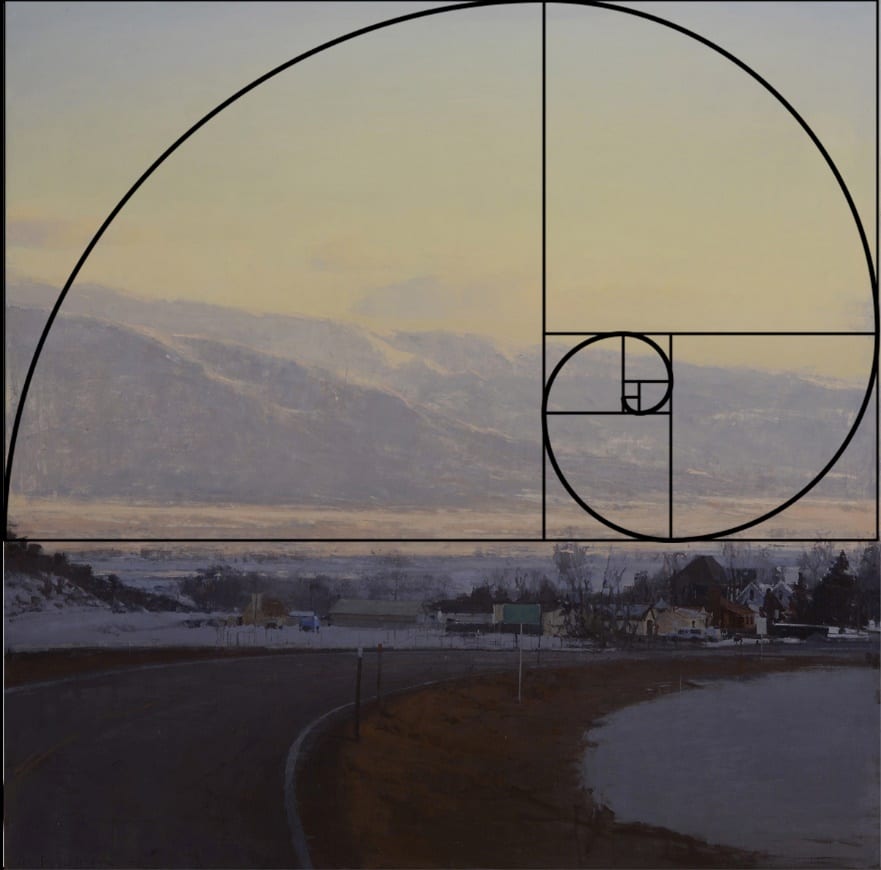 And Come Home in the Evening – oil painting by Michael Workman
And Come Home in the Evening – oil painting by Michael Workman
In the oil painting “And Come Home in the Evening” by Michael Workman, math is used to create a sense of balance and harmony. The painting features a two-dimensional grid of circles, which are arranged in a way that follows the Fibonacci Sequence. This arrangement creates a pleasing, symmetrical pattern that draws the eye to the center of the painting. Additionally, the colors used in the painting are also arranged in a way that follows the Fibonacci Sequence, creating a harmonious and balanced composition
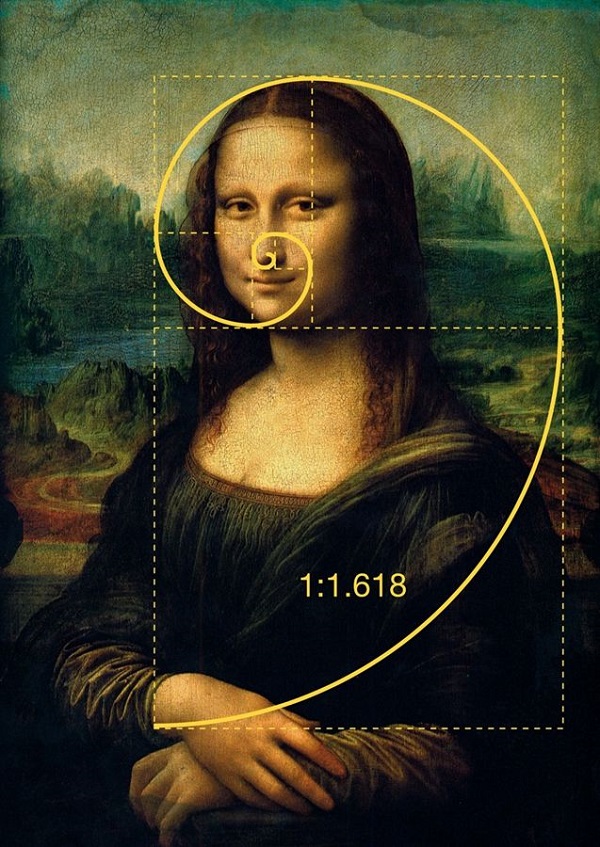 Fibonacci Sequence in Leonardo da Vincis Mona Lisa
Fibonacci Sequence in Leonardo da Vincis Mona Lisa
The Fibonacci Sequence is also believed to be used in the painting of the Mona Lisa by Leonardo da Vinci. Many art historians have noted the hidden math in the painting. The painting is composed in accordance with the Golden Ratio, which is closely related to the Fibonacci Sequence. The painting’s composition is said to be based on the ratio of 1:1.618, which is derived from the Fibonacci Sequence. This ratio is believed to be aesthetically pleasing to the eye and is often used in art and architecture. Additionally, the painting features a number of curves and lines that correspond to the Fibonacci Sequence, further suggesting that the artist used this formula in the composition of the painting.
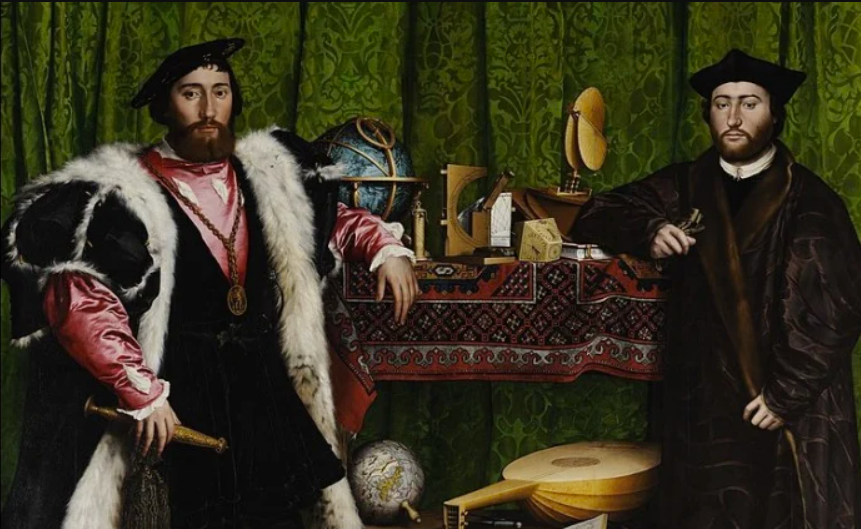 Hans Holbein The Ambassadors
Hans Holbein The Ambassadors
One example of perspective mathematical artwork is the Renaissance painting “The Ambassadors” by Hans Holbein the Younger. The painting features two figures in the foreground and a distorted skull in the background. This distorted skull is an example of mathematical perspective, as it appears to be of a different size and shape due to the distance from the viewer. Additionally, the painting also makes use of the golden ratio in its composition.
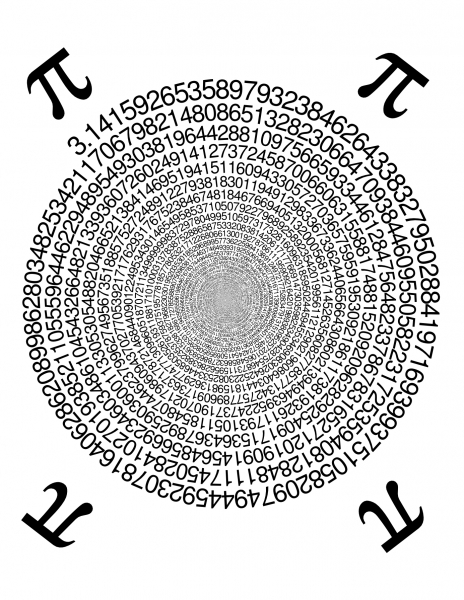 Pi nonterminating decimals
Pi nonterminating decimals
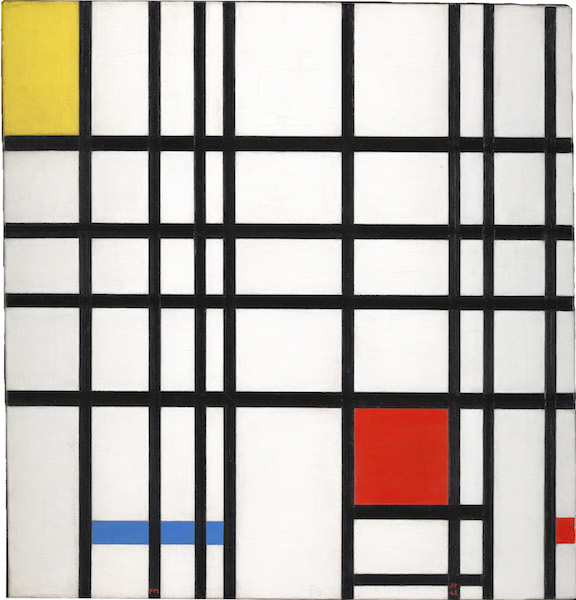 Piet Mondrian Composition with Yellow Blue and Red
Piet Mondrian Composition with Yellow Blue and Red
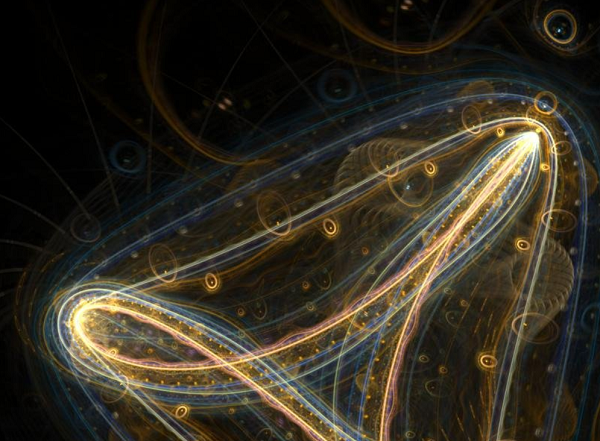 Scott Draves’ algorithmic art
Scott Draves’ algorithmic art
The artist uses mathematical algorithms to generate abstract visuals. Draves’s works are created using a fractal flame algorithm, which uses complex mathematical equations to generate intricate and detailed patterns. The resulting patterns are then used as the basis for his artwork, which often features colorful and vibrant visuals.
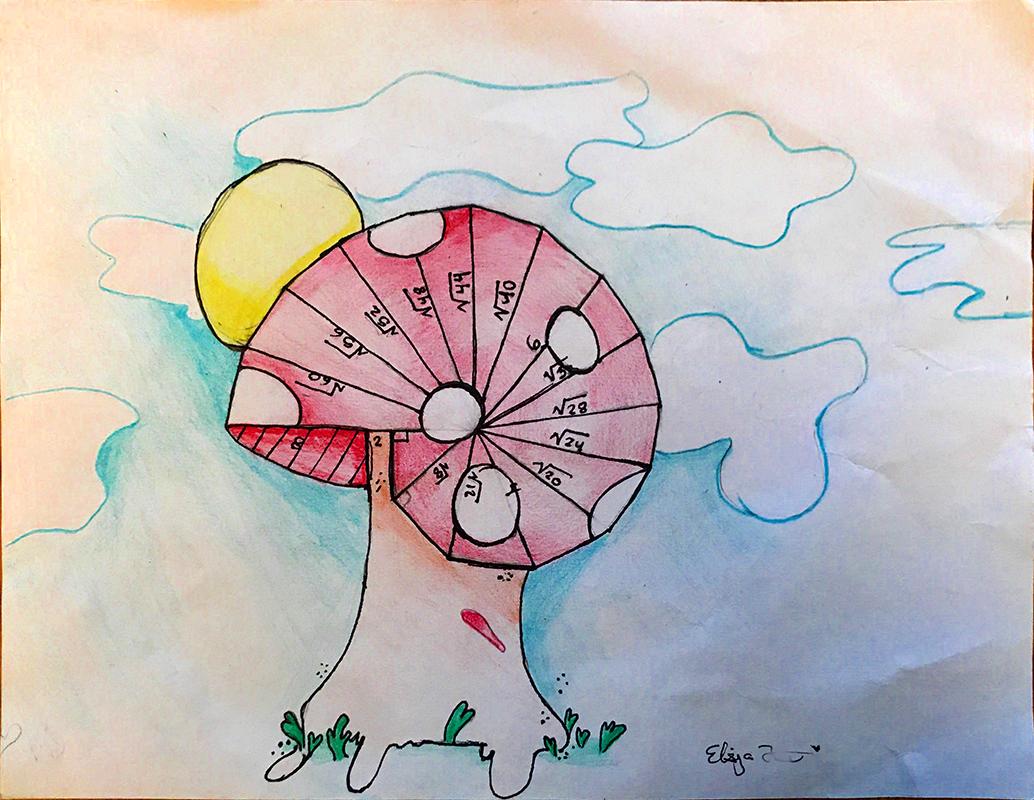
Spiral of Theodorus
